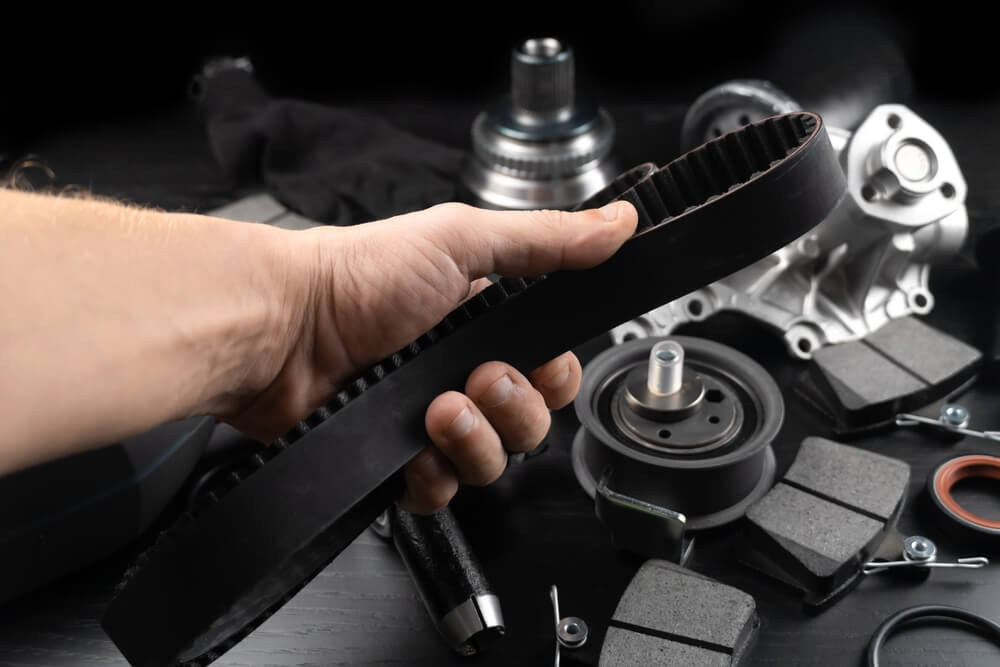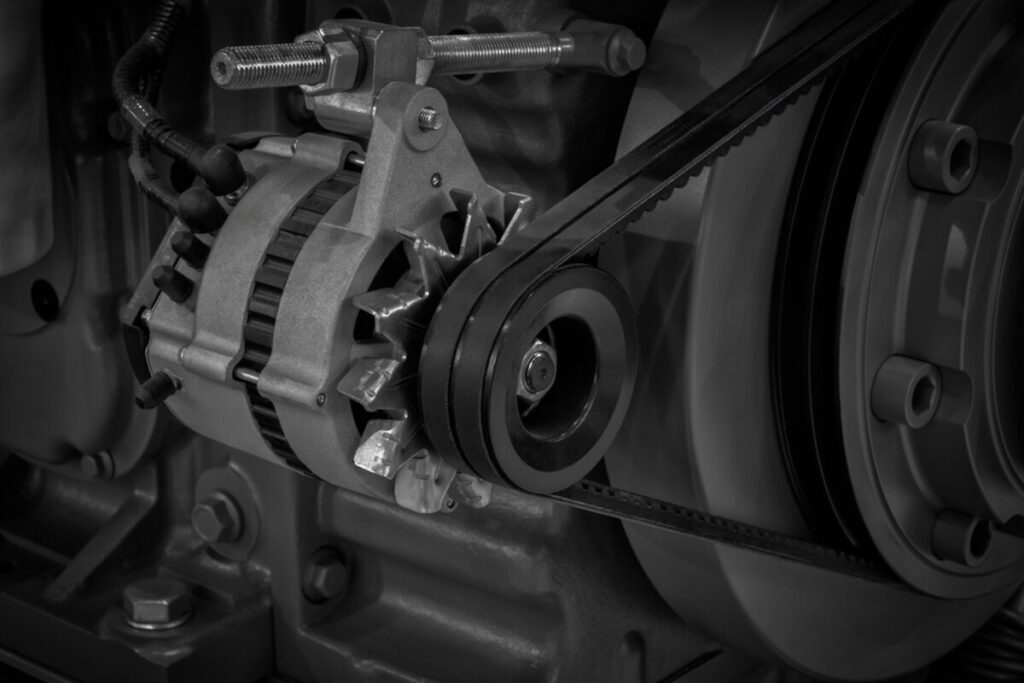The timing belt is one of the most critical components of your vehicle’s engine. It controls the movement of the camshaft and crankshaft, keeping the engine’s valves and pistons working in perfect harmony. If the timing belt fails, your engine could suffer severe damage, leading to costly repairs or even a total engine replacement. But how do you know when it’s time to replace it? Here are six signs that your timing belt may need attention.
Why Your Timing Belt Matters
A car’s timing belt doesn’t always get the attention it deserves, but it plays a vital role in keeping your engine running smoothly. Most drivers don’t realize that a failing timing belt can cause engine failure, leaving them stranded on the side of the road. If you know the signs that your timing belt needs to be replaced, you can avoid this unfortunate situation and potentially save thousands of dollars in repair costs.
How Often Should You Replace a Timing Belt?
Before we dive into the signs of a failing timing belt, it’s important to understand when it should be replaced. Most car manufacturers recommend changing the timing belt every 60,000 to 100,000 miles, depending on your vehicle. Always check your car’s manual for specific guidelines. However, certain factors, such as driving conditions and how well the car has been maintained, can affect the timing belt’s lifespan.
6 Signs Your Timing Belt Needs to Be Replaced
1. Ticking Noise Coming From the Engine
One of the earliest indicators that your timing belt may be failing is a ticking noise coming from the engine. This sound can occur when the timing belt begins to wear out and struggles to maintain the precise control required to keep the engine’s components in sync. This ticking could also indicate low oil pressure or issues with the engine itself, so it’s important to have your vehicle inspected by a professional to determine if the timing belt is the problem.
2. Engine Misfires
A misfiring engine is another sign that your timing belt might need to be replaced. The timing belt controls the movement of the engine’s valves, and if it begins to slip, the valves can open or close at the wrong times. This can result in the engine misfiring, causing rough idling or stuttering when you accelerate. If left unchecked, this can lead to more serious engine damage. It’s crucial to address this issue before it escalates.
3. Visible Wear on the Belt
In some cases, you can inspect the timing belt for signs of visible wear and tear. Cracks, fraying, and glazing on the belt’s surface are all clear indicators that it is close to failing. Over time, the rubber and fibers in the belt can degrade due to heat, oil contamination, and general wear. If you notice any signs of physical damage, it’s time to replace the belt before it breaks entirely.
4. Engine Won’t Start
If your car’s engine won’t start, and you hear a fast, clicking noise instead, it may be due to a broken timing belt. When the timing belt snaps, the camshaft and crankshaft are no longer synchronized, which prevents the engine from starting. This can leave you stranded without warning, so it’s essential to replace a worn-out timing belt before it reaches this point.
5. Oil Leaking from the Front of the Engine
An oil leak near the timing belt cover is another sign that your timing belt needs attention. The timing belt is housed behind the engine cover, and if you notice oil leaking from that area, it may be a sign of a damaged seal or gasket. Oil contamination can accelerate the wear of the timing belt, causing it to deteriorate faster than expected. If you notice this issue, it’s important to get it checked out as soon as possible.
6. Excessive Exhaust Smoke
Excessive smoke from your car’s exhaust could be a sign that your engine’s timing is off, which might indicate that the timing belt is wearing out. If the timing belt doesn’t operate properly, it can cause the engine’s valves to stay open for too long or not long enough, leading to poor combustion and increased exhaust emissions. This is often a sign that the belt is no longer functioning as it should.
The Consequences of Ignoring Timing Belt Issues
Ignoring the signs that your timing belt needs to be replaced can lead to catastrophic engine failure. If the belt breaks while you’re driving, the pistons can collide with the valves, leading to severe damage. In worst-case scenarios, this could require a complete engine rebuild or replacement. It’s always more cost-effective to replace a worn timing belt than to repair a damaged engine.
Conclusion

The timing belt is a critical part of your vehicle’s engine that should never be neglected. If you notice any of the signs listed above, it’s important to take action quickly. Regular inspections and maintenance can help extend the life of your timing belt, but if you’re unsure, it’s always best to consult a professional mechanic. Replacing your timing belt at the recommended intervals and paying attention to these warning signs will help ensure your car runs smoothly for years to come. Make sure you know the signs that your timing belt needs to be replaced to avoid unnecessary damage to your engine. For expert advice or service, contact Legacy Autoworx today!




